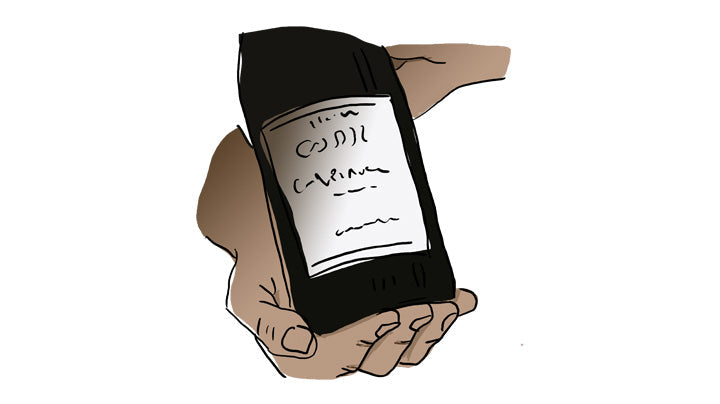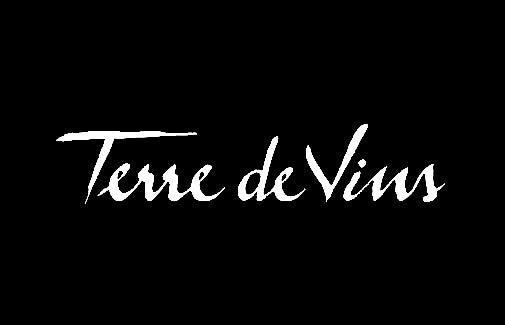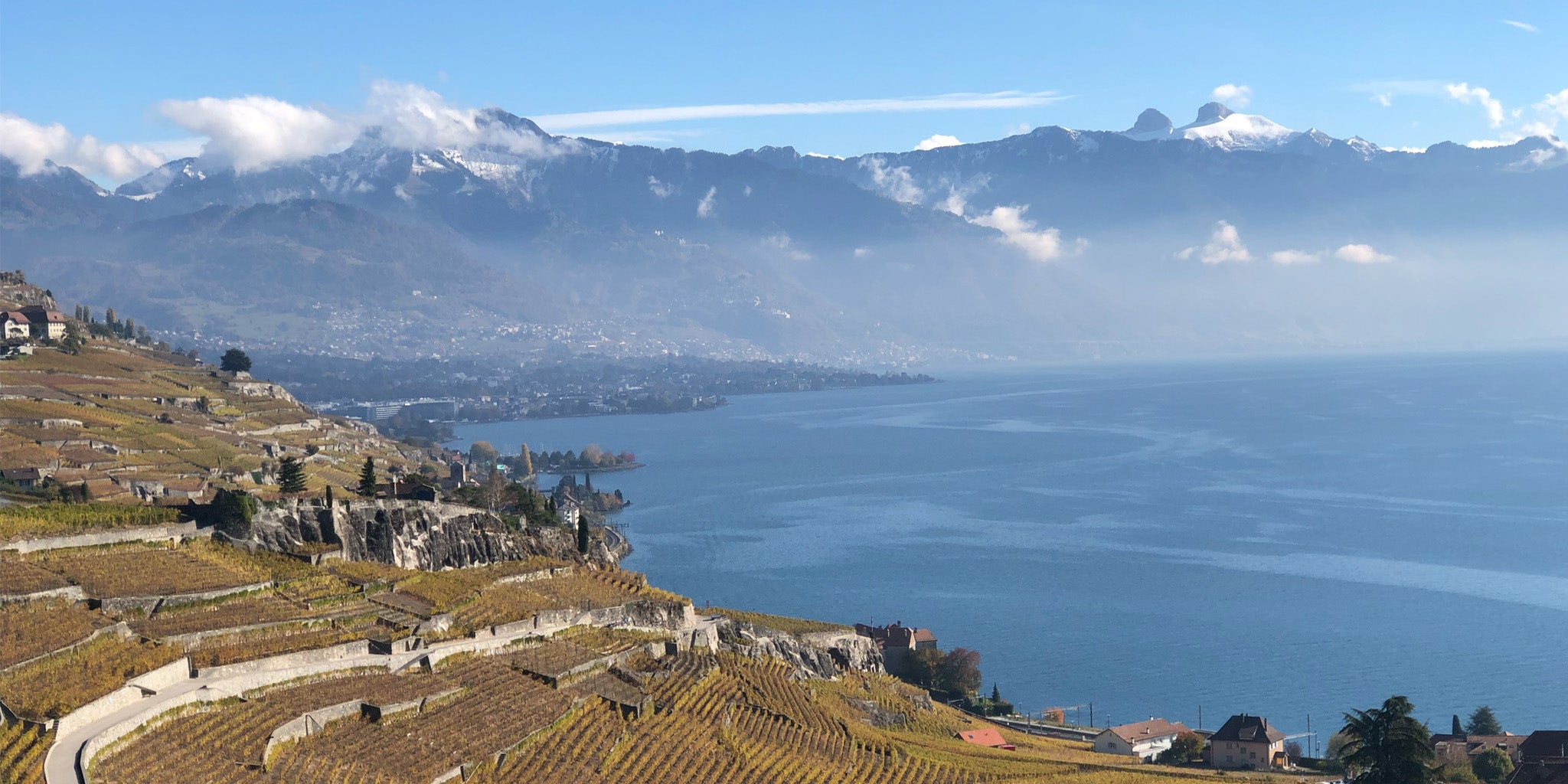Dormancy is a crucial time for the plant to recover and prepare for the next growing season!
Shorter daylight hours and declining temperatures in autumn signal vines to enter dormancy. Let's briefly review what happens in the vine.
Energy conservation
Vines halt growth and conserve energy, storing carbohydrates in roots, trunks, and canes to support future growth.
Cold hardiness development
Vines acclimate to colder temperatures by reducing water content in tissues, and carbohydrates and proteins accumulated act as natural antifreeze, enhancing frost resistance.
Vitis vinifera varieties vary in their resistance to winter freeze. For example, chardonnay can tolerate temperatures down to about -20°C (-8°F), while more cold-hardy vinifera like cabernet franc and riesling can withstand temperatures as low as -25°C (-15°F). Some hybrids and American species, however, are exceptionally resilient, surviving extreme lows of up to -35°C (-30°F)!
In particularly cold regions, such as Ningxia in China, vines may be buried for protection against severe winter temperatures.
Bud development
Inside dormant buds, the foundation for next year’s shoots and inflorescences develop, determining the potential yield for the next season!
Dormancy might seem like nothing’s happening, but it’s all about setting the stage for healthy growth and a good harvest!














